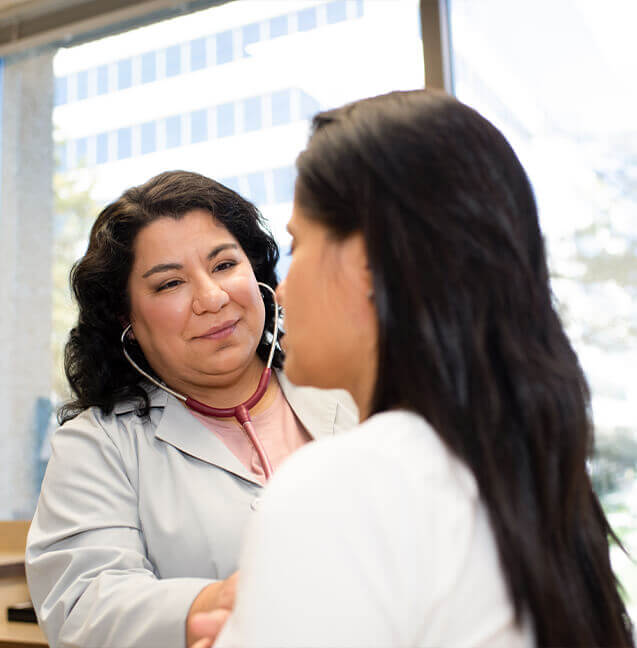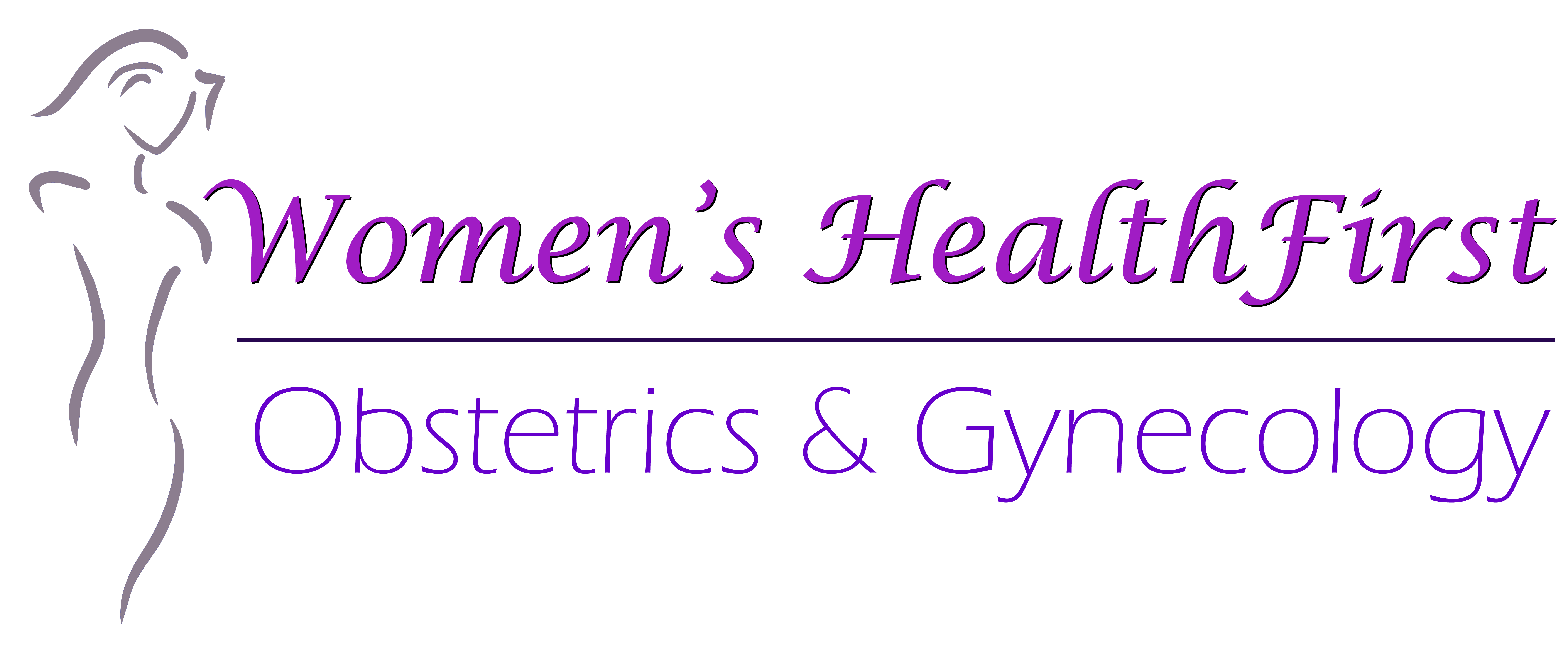Breast Cancer Screening
Breast cancer is the most common type of cancer in women worldwide. In the U.S., it is second only to skin cancer. When discovered early enough, the prognosis is usually pretty good for women diagnosed with breast cancer. However, when not discovered until its later stages, breast cancer can be deadly. Nearly 50,000 women are expected to die from it each year.
Screening for breast cancer, including mammograms, can identify cancer while it still can be successfully treated. Regular screenings can significantly reduce your risk of dying from breast cancer. Early detection and treatment of breast cancer remains key to surviving breast cancer.
Clinical Breast Exams
Most women receive a clinical breast exam from their OB-GYN provider during an annual well-woman visit. This is performed in your provider’s office and typically involves using the finger pads to feel for any lumps, swellings, or other abnormalities. Your provider may examine the breast and nipple, as well as the underarm and clavicle areas.
If your provider notices anything suspicious, additional diagnostic testing may be recommended, such as a mammogram, ultrasound, or MRI. If findings continue to indicate possible breast cancer, a biopsy is usually needed to confirm or rule out a diagnosis of breast cancer. This type of biopsy is typically performed using a needle.

Breast Self-Exams
Adult women of all ages are encouraged to conduct a breast self-exam at least once a month. Women who are still menstruating should perform the exam at the same stage of the menstrual cycle each month. The week after your period ends is often best because your breasts are least likely to be swollen or tender at this time.
Your provider can offer guidance on how to best conduct a self-exam to look for changes in breast tissue. For example, it is helpful to use three fingers held together (rather than just a single finger) to perform the breast exam.
During a breast self-exam, you should visually inspect your breasts – as well as feel around the entire breast and underarm area, looking for signs of any:
- Lumps
- Swelling
- Pain or discomfort
- Changes in skin texture
- Visible indents or dimpling of the skin
- Significant differences between the size, shape, or color of your breasts
- Nipple discharge
- A change in nipple direction
Any abnormalities should be brought to your doctor’s attention right away.
Mammograms: Why All the Fuss?
Your risk of breast cancer increases as you age. In fact, the vast majority of women newly diagnosed with breast cancer are older than 50.
Mammograms (X-rays of the breasts) are often recommended for women beginning at age 40. Your doctor may even recommend you undergo a mammogram earlier than 40 if you have an increased risk of developing breast cancer, such a family history of the disease. Your OB-GYN will provide an order for a mammogram, and this is usually done at a woman’s annual well-woman visit.
Breast Cancer Screening in Palatine, Schaumburg, Hoffman Estates, & Bartlett, IL
Early detection and treatment is key when it comes to breast cancer. Annual well-woman visits to your OB-GYN provider typically include a clinical breast exam. Your provider can also offer guidance on how to conduct self-exams at home and what to do if you notice any abnormalities. If you’re 40 or older, ask your provider whether mammograms are appropriate for you, and how frequently you should have the potentially lifesaving screening.
Contact Women’s HealthFirst in northwest suburban Chicago to make an appointment to discuss your risks for breast cancer and what type of breast cancer screening is right for you. Call us at (847) 808-8884 or request your appointment now. Existing patients can use the patient portal to request an appointment, message the provider team, and more.

